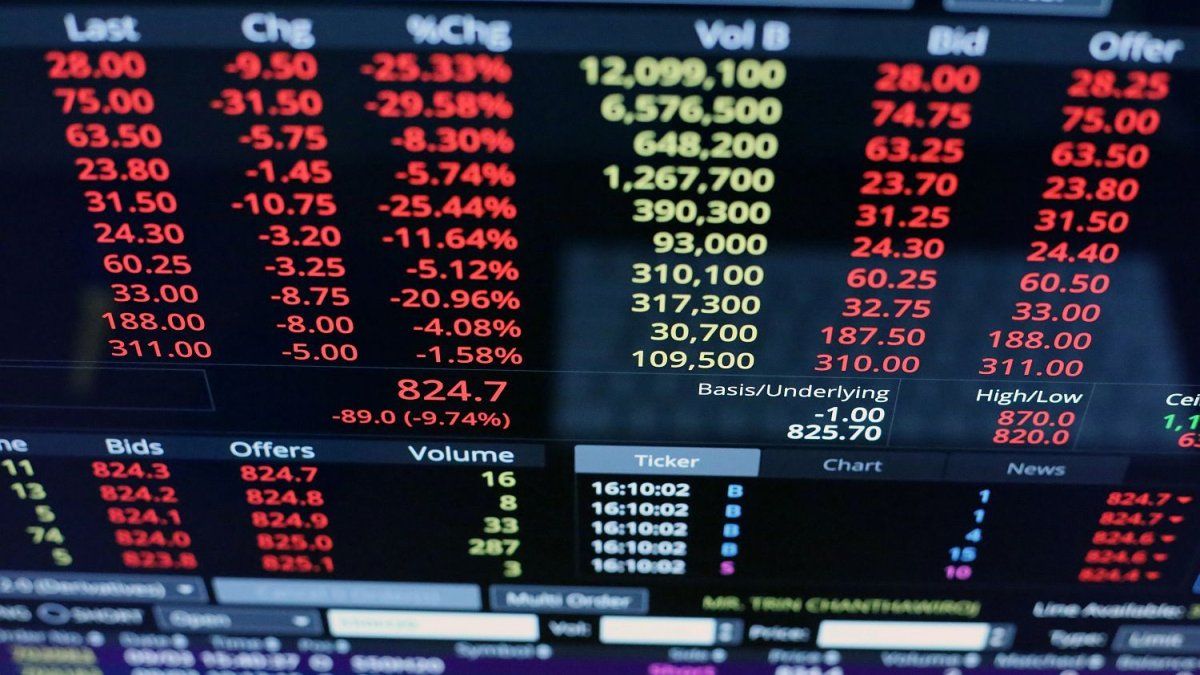Eleven of the 23 banks that offer mortgage loans recently adjusted their lending conditions.
In a context where the mortgage credit market shows strong demand from households, lack of liquidity can trigger multiple problems.
The content you want to access is exclusive to subscribers.
According to an analysis by the Tejido Urbano Foundation, a recent example is observed in the behavior of the mortgage credit GRAPE. After sustained growth for five months, going from $850 million to more than $58 billion per week in disbursements, the last days of November saw a fluctuation with a drop of 13%, reaching $51 billion per week.

Although certain difficulties are evident in sustaining the pace of financing, affected by liquidity restrictions in the financial system, in December banks granted loans for US$240 million, the highest record in six years.
Real estate market 3.jpg

The real estate market recovered in 2024.
Banks raise their interest rates
However, the rise in bank rates to meet loans is impacting the market. One of the clearest signs was the decision of a bank that, already during the third quarter, informed the BCRA that it was restricting credit conditions due to insufficient funds. This case, although initial, could be a precursor to a more generalized dynamic in the system. As liquidity declines, banks face the need to adjust their lending criteria, prioritizing lower-risk borrowers and excluding the most vulnerable sectors. This not only limits access to credit, but also raises interest rates, which are already on an upward trend.
The average rates of mortgage loans They reached 5.3% in the last days of November, exceeding the 5% threshold after a long time. In parallel, the average term fell to 23.5 years, after having exceeded 25 years a few weeks ago.
This phenomenon is reflected in the differentiated evolution of rates between different types of banks. In October, average rates were 4.3% in public or provincial banks and 5.6% in national private banks. Currently, these rates have risen to 4.7% and 6.8%, respectively, which makes access to financing even more expensive.
Finally, the report warns that deteriorating liquidity can undermine confidence in the financial system, a critical factor in a country like Argentina, with a history of recurring crises.
How are the rates today in the 11 banks that modified them
- Brubank: The rate increased to 9% for a salary account (previously 5.5%) and to 14% without a salary account (previously it was 8%).
- City Bank: increased the maximum amount to be loaned from $250 million to $350 million and raised the rate from 5.5% to 6.9%. It maintained the preferential rate of 3.5% in some sectors of the city of Buenos Aires.
- Galicia: The rate increased from 5.5% to 7% for salary account and from 7.5% to 9% without salary account.
- Bancor: increased its rate from 4.9% to 6.9% for salary accounts and reduced property financing from 100% to 75%.
- Macro: raised the rate to 6.5% for salary account (previously 5.5%) and to 8% without salary account (previously 7%)
- Patagonia: increased the maximum amount from $250 million to $320 million, with a rate that went from 4.9% to 5.4%
- Santander: increased the rate from 5.5% to 7%
- Supervielle: Reduced the term from 30 to 15 years, raised the rate to 8.5% (previously 5.5%) and decreased financing from 80% to 70%
- BBVA: increased the rate from 5.5% to 6.5% for salary accounts
- Mortgage: reduced the maximum term from 30 to 20 years, set a cap of $250 million and increased the rate to 9.5% (previously 6.9%)
- ICBC: the rate increased from 5% to 6.9% for a salary account and from 7.5% to 8.9% without a salary account, extending the term to 20 years
Source: Ambito
I am an author and journalist who has worked in the entertainment industry for over a decade. I currently work as a news editor at a major news website, and my focus is on covering the latest trends in entertainment. I also write occasional pieces for other outlets, and have authored two books about the entertainment industry.




